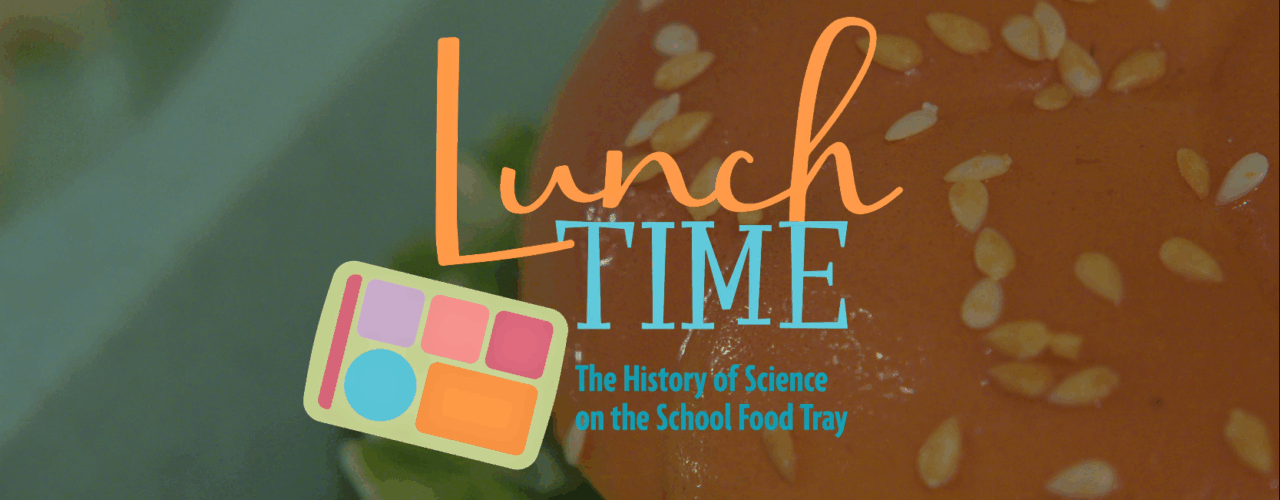A Bite of Lunch
Explore the history of science behind U.S. efforts to feed schoolchildren with Lunchtime exhibition curator Jesse Smith.

Explore the history of science behind U.S. efforts to feed schoolchildren with Lunchtime exhibition curator Jesse Smith.
The Science History Institute’s Lunchtime: The History of Science on the School Food Tray exhibition is closing at the end of January 2026.
In the video below, join curator Jesse Smith on a tour of the sciences and technologies that have influenced the ways we’ve fed schoolchildren in the United States for more than a century.
If you’ll be in Philadelphia this month, please visit us. Admission to our museum is always free! And we hope to see you in April for the opening our next temporary exhibition: Flash! Bang! Boom! A History of Fireworks. It’s the Science History Institute’s contribution to America’s semiquincentennial. Happy 2026!
Unwrapping the mystery of a Styrofoam Santa in our collections.
New World ingredients in Old World dyes.
How a Jewish scientist’s intellectual property became a lifeline in his journey from Nazi Europe to the United States.
Copy the above HTML to republish this content. We have formatted the material to follow our guidelines, which include our credit requirements. Please review our full list of guidelines for more information. By republishing this content, you agree to our republication requirements.